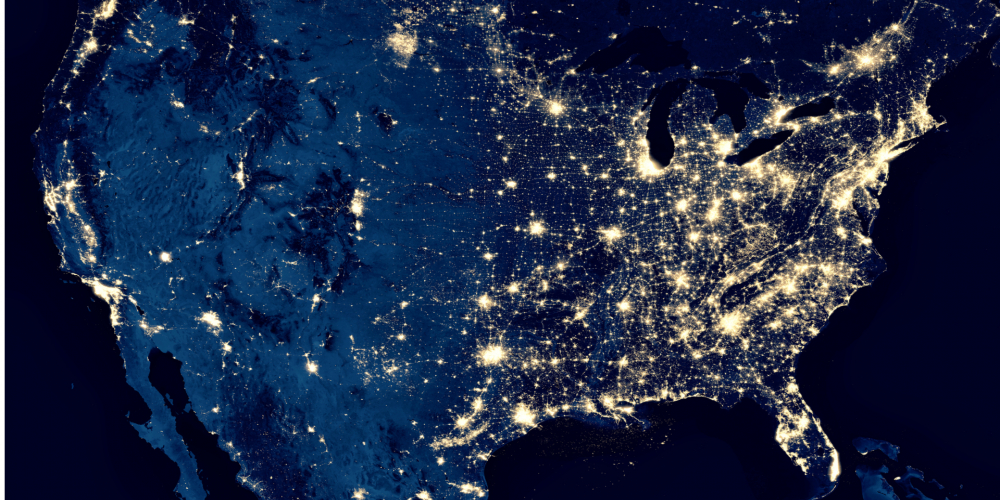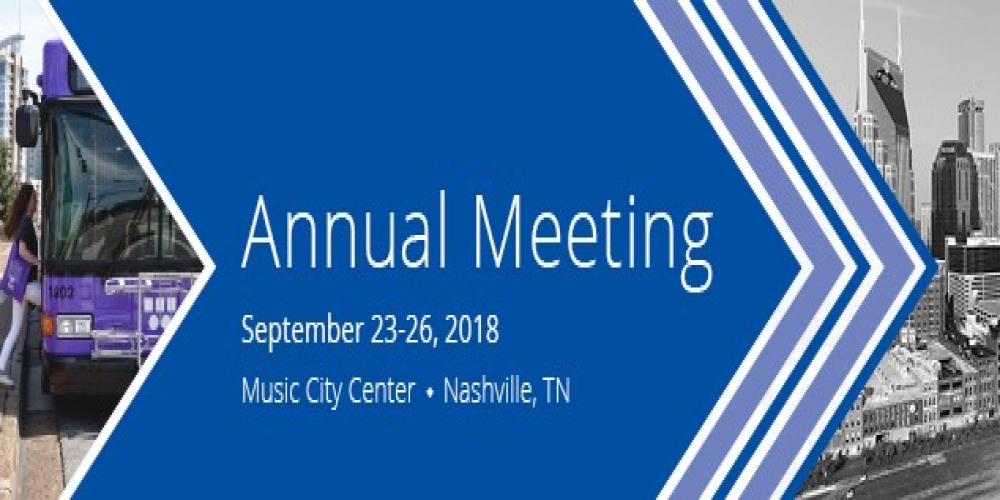Blog
Earlier this month I attended the Association of Metropolitan Planning Organizations (AMPO) annual conference, which took place virtually due to the COVID-19 pandemic. AMPO is a nonprofit organization that represents many of the nation’s 402 metropolitan planning organizations (MPOs) and other regional planning agencies.
Tags:
#AMPO
Few places were spared from the spread of COVID-19 this spring.
Tags:
#scenario planning
Departments of transportation increasingly use scenario planning to prepare for future changes that will affect the movement of people and goods. Scenario planning requires planners to prepare for a range of possible futures, considering topics like climate change, demographics, and emerging technology. Technological change is perhaps the most difficult issue to address given the wide uncertainty surrounding new mobility and the number of private operators involved in transportation.
In September, I attended the APTA Annual Meeting in Nashville, Tennessee. Following the defeat of Nashville’s transit referendum in May, the local transit agency is pressing ahead by investing in its bus fleet and changing its name to “WeGo”—a brand that speaks to transit’s role in building community.
I recently participated in a workforce roundtable at The Council for Community and Economic Research's (C2ER’s) annual conference in Atlanta. C2ER is a membership organization comprised of economic researchers and data providers from the public, private, and nonprofit sectors. This year’s conference theme was “RISE: Resiliency, Innovation, Skills, Equity,” which inspired me to present on workforce data and how it can be used to find job opportunities for people who don’t have a college degree.
Tags:
#workforce
#Conference
nput-output (I-O) analysis is an important technique used to estimate how changes in one sector of the economy affect employment, wages, and overall production in other sectors. An economist named Wassily Leontief developed the technique decades ago, receiving the 1973 Nobel Memorial Prize in Economic Sciences for doing so. Today, analysts customize national I-O “accounts” produced by the U.S. Bureau of Economic Analysis in order to study regional (sub-national) effects. These accounts describe how industries, households, and government exchange goods and services, and regional models, in turn, use this information to simulate the magnitude, direction, and timing of economic impacts.
Tags:





